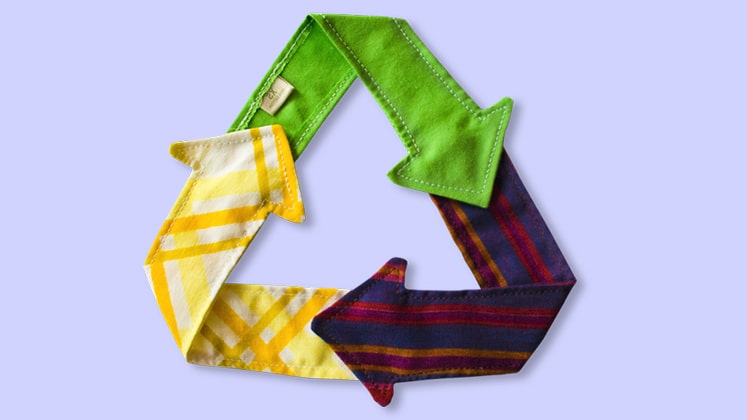Sustainable fashion has become the new normal among younger and wealthier consumers as 50% of them are willing to pay more for a sustainably sourced product. A media company, Sourcing Journal, has published The Road to 2030 report, highlighting the practices retail fashion industry owners are adopting to make the sector more sustainable. The report covers key themes of climate commitments, transparency and traceability, innovative materials, and collaboration.
- Climate commitment: top fashion brands like Adidas, H&M, Kering (owner of Gucci, Bottega Veneta, and others), and Inditex (owner of Zara) are committed to achieve climate goals by signing the Fashion Industry Charter for Climate Action. The charter encourages the retailers to cut their climate emissions in half within 10 years and reach net zero emissions by 2050.
- Innovative materials: sustainability has pushed manufacturers to launch products with sustainable benefits like Thermolite EcoMade (made from 100% textile waste), Refibra (made by upcycled cotton scraps from garment production), and Tencel (a plant-based, carbon zero rayon fiber). Pangaia, which manufactures sweatshirts from banana and pineapple leaves, has also become famous for its sustainable innovations.
- Transparency and Traceability: sustainability goals require fashion brands to trace their supply chains. It is much easier for small-scale companies like Rothy’s, which own most of their supply chain. The European Union has considered the requirements for product environmental footprint labels, tracing the origin of used materials. To further encourage transparency, companies can rely on blockchain technologies to trace materials throughout the supply chain.
- Collaboration: the report, The Road to 2030, informs that collaboration is the key theme to achieve sustainability goals. Internal collaborations with external cross-functional teams can offer enormous opportunities for growth.




